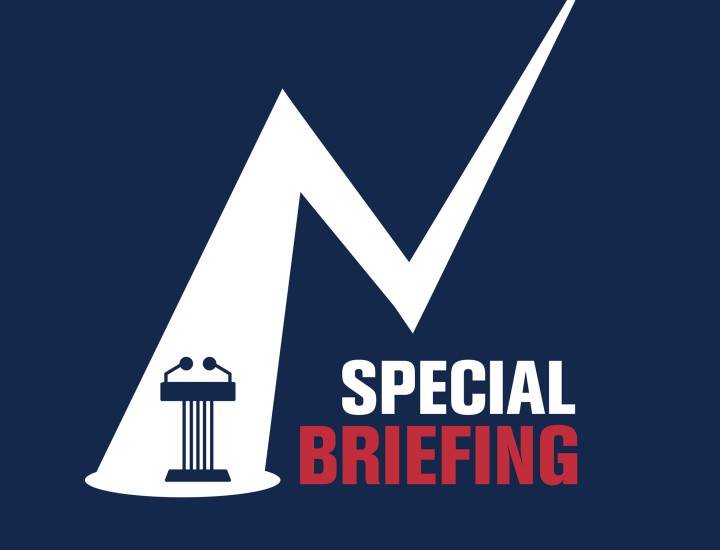When Budget Assumptions Need Reality Checks

Put today’s obligations off until tomorrow. Claim new revenue and savings that may or may not materialize. And say your budget is balanced, just like the law dictates in most cities and states. Regrettably, New York City and its eastern neighbor, Nassau County, lately have come to share these dubious attributes as the foundations for spending plans.
In New York, unspecified health-care savings are the key. Nassau is betting on fines paid by motorists trapped by new red-light cameras. Neither is a sure thing, and investors should be expressing their disapproval not of the wage hikes that the plan supports, but of the opaque ways they’re being financed.
Democratic Mayor Bill de Blasio’s $73.9 billion New York City budget for the fiscal year starting July 1 got a raspberry from Nicole Gelinas in the New York Post yesterday. The spending plan, you may recall, includes an arrangement reached with the United Federation of Teachers providing 4 percent retroactive raises, to be paid out through 2021. Wrote Gelinas:
No matter how enthusiastically de Blasio tortures the numbers, he can’t hide the fact that his blowout on raises for city workers has doubled next year’s budget deficit, from $1.1 billion to $2.2 billion.
The shortfall two years from now has quadrupled, from $530 million to $2 billion. And the one three years out has gone up eightfold, from $370 million to $3.2 billion.
That’s after the health-care-efficiency savings that de Blasio has promised. (Even with those savings, health-benefit spending on public workers is still shooting up from $6.9 billion this year to $9 billion in 2018.)
About those health-care savings? Writing in Moody’s Credit Outlook today, Senior Credit Officer Nick Samuels said that:
The new employee costs reflect $3.4 billion in offsets that the city expects through healthcare savings it has negotiated with the unions and the use of $1 billion from a city labor fund that offsets healthcare premium costs for employees. Although the city has negotiated the right to enforce the health savings through arbitration, there could still be roadblocks to reaching its targets in the years and amounts it expects. If all unions negotiating do not agree to the pattern settlement, the budget gaps and the city’s challenges to close them would intensify.
In other words, let’s hope for the best, and it’ll be years before the bill comes due if the savings don’t materialize. Not only does this probably violate the spirit, if not the rule, of Generally Accepted Accounting Principles, it was thinking like this that brought America’s biggest city to the brink of bankruptcy in the 1970s. At least the city isn’t selling bonds to pay its bills, like it did back then.
You can’t blame New York teachers for seeking more money after going without a contract for years. The same goes for employees in Nassau County, where civil servants and police officers worked under a three-year wage freeze even as the state economy bounced back from its 2009 low. It’s the lack of clarity in paying for the agreements that deserves scrutiny.
For earlier budgetary sins, in 2011 the suburb got placed under the control of the Nassau County Interim Finance Authority, a state board. To end the wage freeze, NIFA approved a deal that, like the New York City one, gives workers their first increases in the future – retroactive to April 1, 2014. Then comes 13 percent more by the end of 2017. Nassau was already facing a budget deficit for fiscal 2013, and the agreement doesn’t inspire much confidence for coming years, in the context of the county’s new revenue assumptions. In another Moody’s article, analyst Valentina Gomez found that:
The traffic violation revenues would come partly from the installation of speed cameras around the county’s 56 school districts. Nassau estimates that the violations caught on camera will yield $25-$72 million of revenue. However, this revenue is likely to be volatile as drivers become familiar with the location of the cameras and the number of violations declines. Separately, the county projects that fee increases at some departments will generate $10-$20 million annually.
The county’s revenue challenges include a 12.4% decline in sales tax revenues in first-quarter 2014 from a year earlier. The county budgeted a 2% sales tax growth for fiscal 2014 and will need at least 6% growth over the remainder of the year to meet its budget. Notably, the budget did not include any projections for contract expenses.
The 2013 Final Report of the State Budget Crisis Task Force, headed by Volcker Alliance Chairman Paul A. Volcker and Board Member Richard Ravitch, criticized state and local governments, saying a “lack of transparency and accountability constitutes bad financial, government and political practice.” Cash-based budgeting that’s typical in the local-government world, the Task Force concluded, “facilitates gimmicks and short-term measures that obscure actual financial conditions.”
In setting spending plans based on assumptions of savings and revenue that may be ephemeral, New York City and its suburban neighbor should be taking the Task Force’s words to heart.

